
The Kino cinema design: 30 years on with Bates Smart
The Kino cinema design: 30 years on with Bates Smart
Share
The Kino cinema is celebrating its 30th birthday next weekend (23-25 June) and will have prices straight from 1987. In honour of the occasion, ADR talks to Jeff Copolov (Bates Smart) and the original architect at the time, Peter Mills (Mills Gorman) to find out what the original concept was and how it has changed over time.
Where did the inspiration for Kino come from, particularly standout elements like the yellow wave wall?
Jeffery Copolov: We worked closely with the graphic designer, Brian Sadgrove, who developed the logo. The logo created a diversity of fonts that spoke about the diversity of film types and experiences. The graphic alluded to the different experiences of the cinema. The wavy line represented movement and the moving image.
The interior design related to this, particularly the gates in the foreground, the ticket booth and the reception. The design was a response to the graphic of the logo, but both were done in tandem and they reflected each other.
Colour also added a sense of movement and dynamism, and the sculptural forms also related to the sense of movement. We wanted the objects to be able to be read in a dark space. When you are inside the dark cinemas, the objects use saturated colour to jump forward and that jumping juxtaposition of light and movement creates drama. We wanted to create a sense of sculpture and novelty. The carpets were stepping stones, the door stood out, and we colour themed the two cinemas.
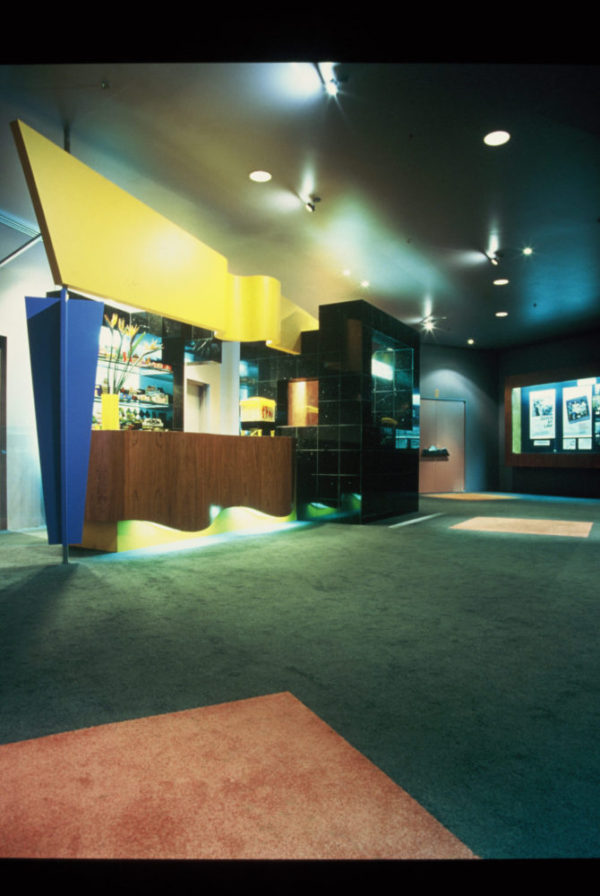
This project is quite different from other projects Bates Smart has worked on. Did you find that refreshing or a bit of a challenge, or both?
Copolov: Over the years, Bates Smart has done endless project types – hospitals, casinos, residential… It’s the new project types that create the excitement, because you get to research and understand a whole other world or industry. One of the most interesting things about being a designer is that you are able to get glimpses into the businesses and lives of others. We got to learn about how to run a cinema, and gained an insight into the business.
It was very refreshing, challenging and exciting and it’s still great to see it there all these years later.
How involved was the client from the initial conceptual stages and throughout the design process?
Peter Mills: The client was very interested in arthouse cinema and they were great proponents of what arthouse meant at that time. Arthouse cinema has changed a lot since then. It’s now much more commercial, and a broader selection of films are shown. Back then it was subtitled European films and quirky English and American films. The clients led us into the world of avant-garde film. In the world of cinema, they were the leading edge. They were visionary film distributors.
Copolov: They wanted something out of the box. They were a great client, looking for a significant point of difference and a departure from the mainstream, and they were actively involved in the detail. They wanted a venue on the same par as the films they were showing.
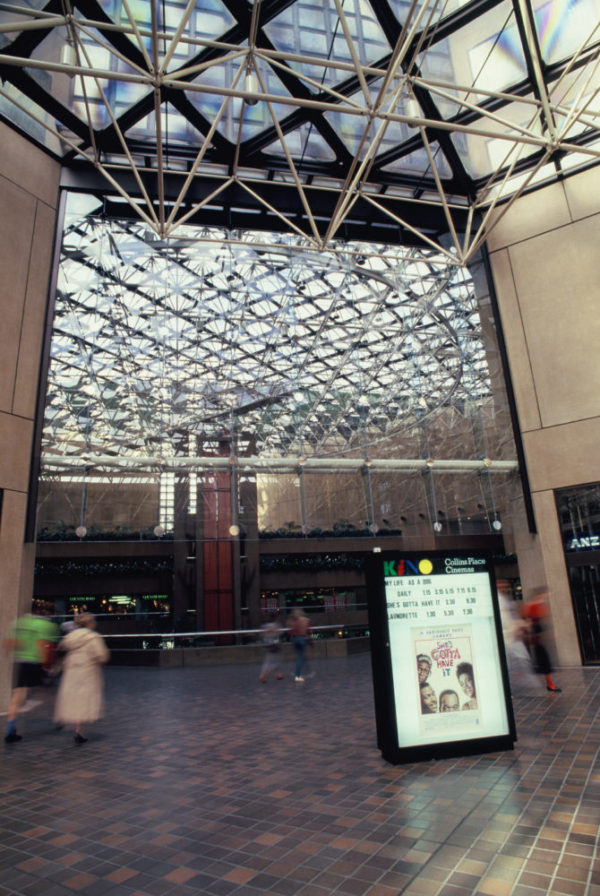
Tell us about the design process. Were there any challenges or surprises? How were they overcome/embraced?
Copolov: The shell for the cinema had been designed seven years earlier, however it had never been filled out. It had fantastic sight lines, but the challenge was how to make it work for this particular brief. Our challenge was making the client’s brief fit the shell that existed.
There were some challenging exiting issues to overcome. The entry gates to the cinema also needed to be open because of service issues in the Great Space and the requirements for return air within the space.
Mills: The Great Space forecourt in Collins Space was a fantastic entry point for the cinema. The perfect mixture of mixed-use retail to complement the cinema.
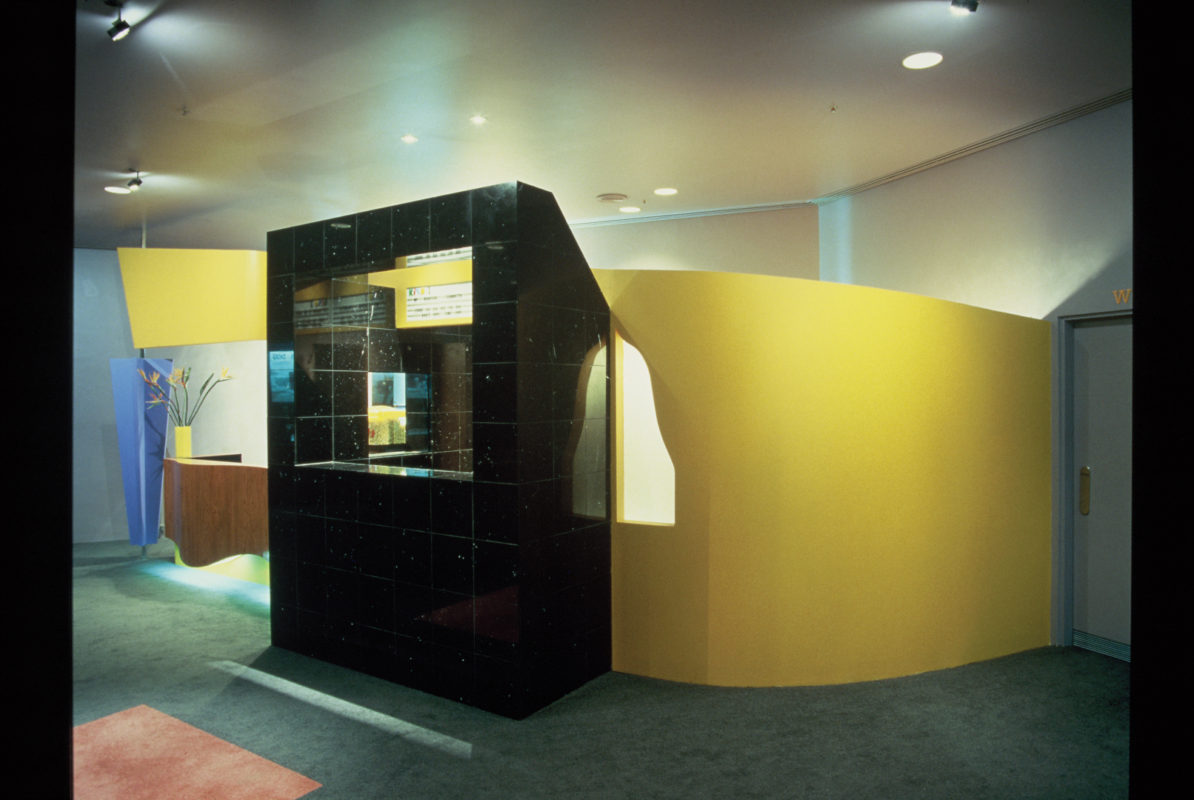
Kino is very different to the average, mainstream cinema. What was the community feedback like at the time when the cinema opened?
Mills: Relief that at last someone was showing arthouse films in a sophisticated space. The Kino brought vitality and respectability to the world of arthouse cinema in Melbourne. They turned arthouse into a quality experience.
Copolov: It was a first-class quality environment, with appropriate sight lines and comfortable contemporary seating. Until then arthouse films were played in old run-down venues.
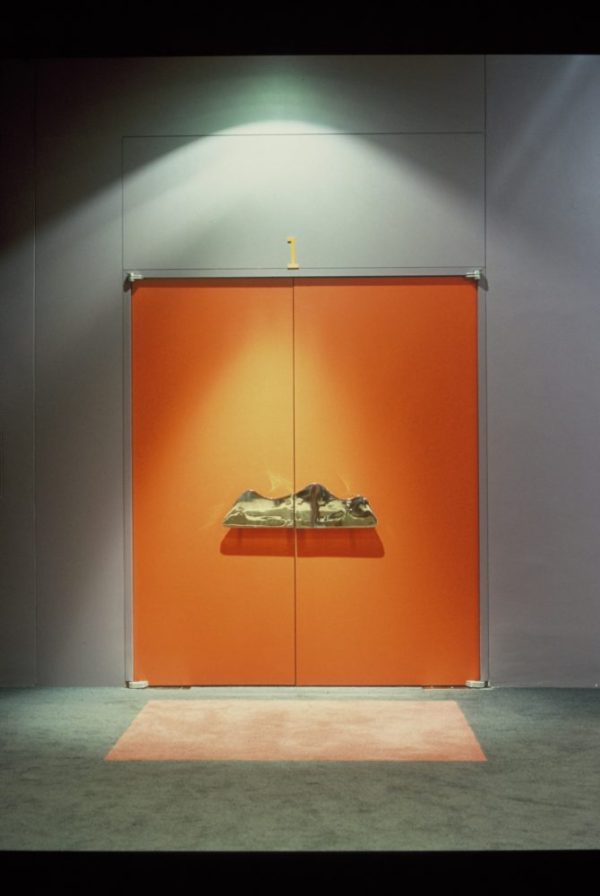
Now that Kino is 30-years-old, is there anything you would change or add to the design?
Copolov: Little of the original design remains. It’s changed significantly. The walls and ceiling remain, but the arrival and ticket booth is gone. There are only remnants of the original design.
Mills: Since that time the comfort level of seats has changed. There are now less seats, but they are larger and more comfortable. There is a new arrival space and there are now seven cinemas. It’s grown from two to seven. There have also been big technical changes in cinemas, such as the abolition of reel-to-reel projection and the move to digital.
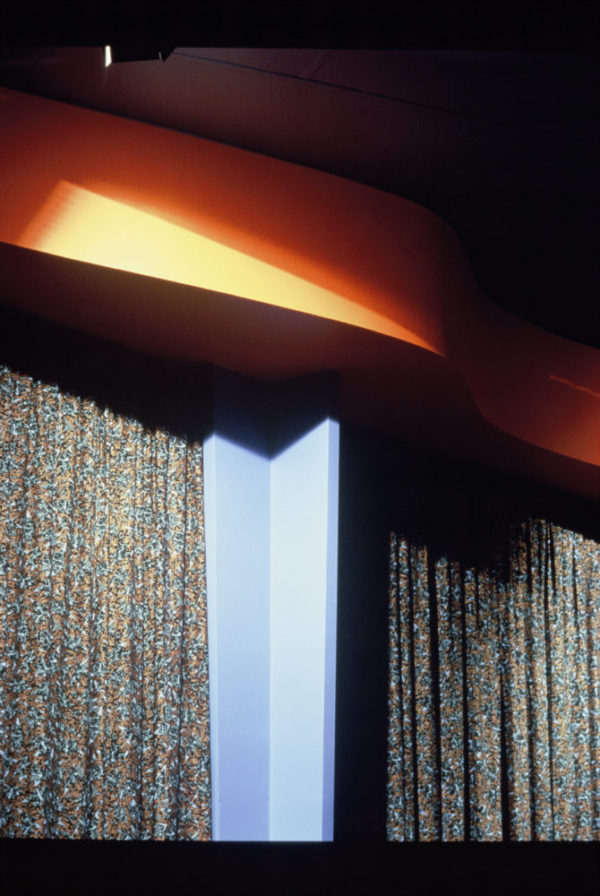
What is your favourite element of the design?
Copolov: The playfulness and our ability to create something sculptural as opposed to fitted out; that it was a series of playful and whimsical objects sitting within a shell environment. One of my other favourite aspects was working with Brian Sadgrove, one of Australia’s greatest graphic designers. Working in collaboration and the unison created between the brand and the architecture.
Are you impressed with how well the cinema has aged? Have you been back to visit it since the design was completed?
Copolov: It’s been constantly refurbished, but I’ve been back numerous times as a patron, which is always very telling.
Mills: It’s also constantly re-evaluating the ever-changing public and the way people view films.
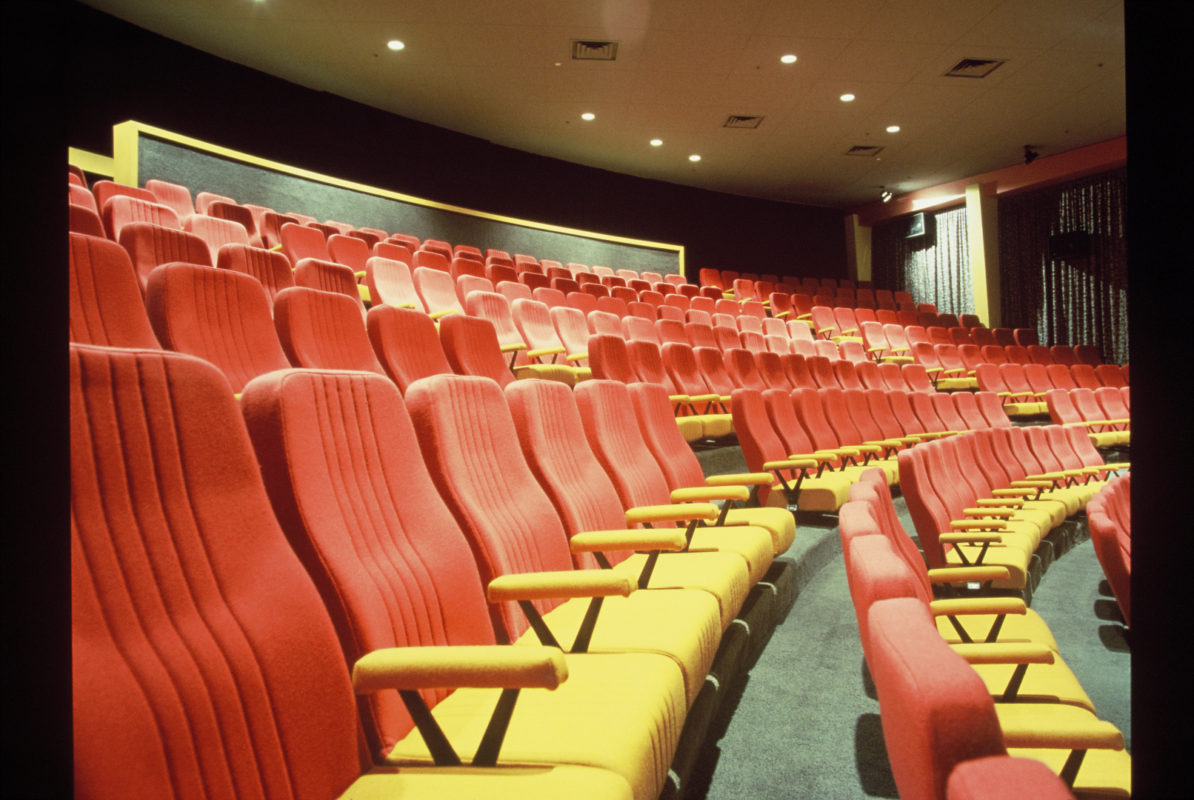
If the cinema were to be designed today, with today’s sound and vision technology, would the design outcome of the venue be any different?
Copolov: Yes, because of technology.
Mills: It was originally inserted into a development, but the design of the shell and the design of the sight lines were important.
Copolov: Yes, it’s a steep cinema, so you get great sight lines. Unlike most cinemas that are more rectangular in shape, the original cinema spaces were wedge-like in shape, which meant that the screen would take up all of your peripheral vision.
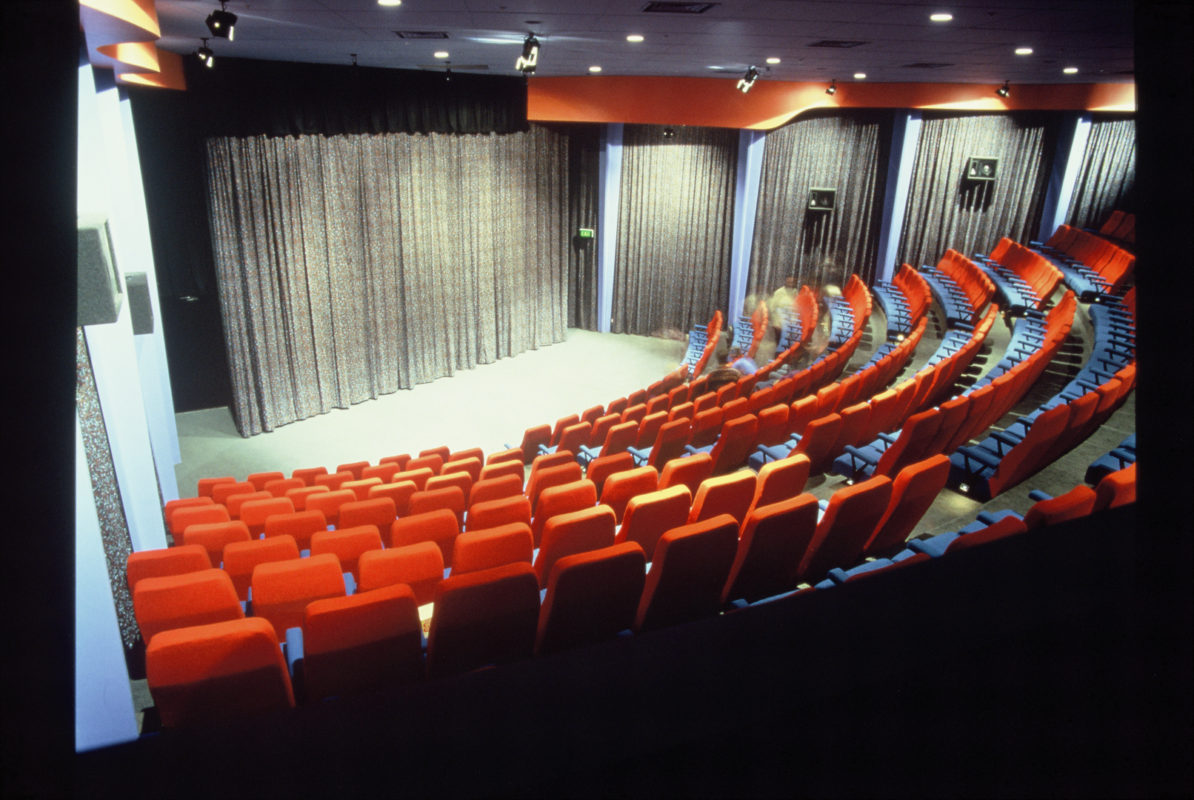
Photography by Trevor Mein.
–
Read about a recently completed hotel project by Bates Smart, over here.
You Might also Like
























